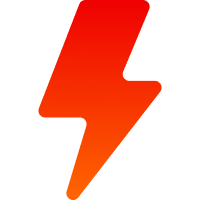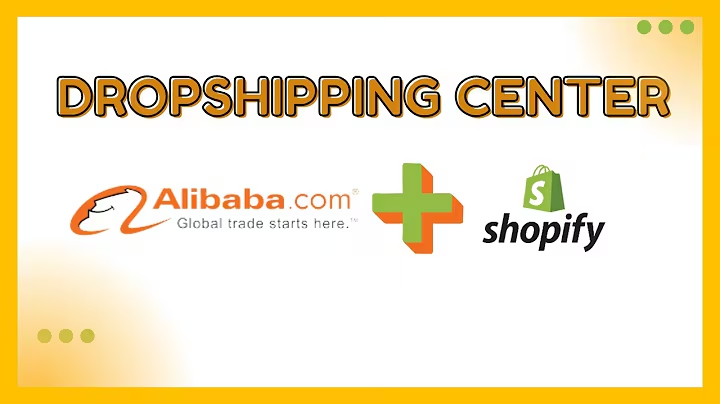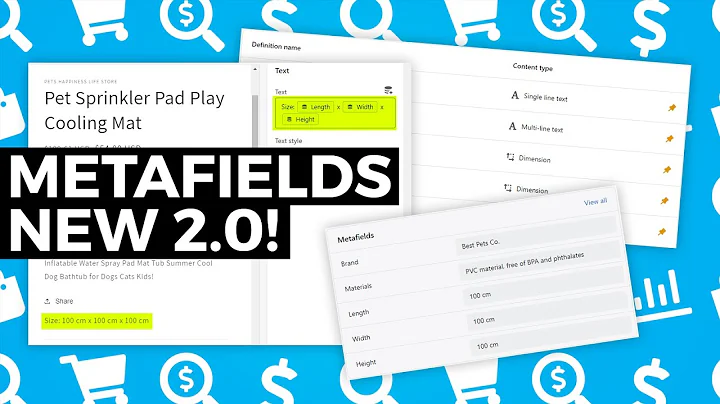Master E-commerce Marketing Analytics
Table of Contents
- Introduction
- Understanding e-commerce and marketing analytics
- Validating your business
- Analytics for validating your business
- Metrics for validating your business
- Returning visitors
- Time on site
- Pages per visit
- Bounce rate
- Customer acquisition efficiency
- Analytics for customer acquisition efficiency
- Metrics for customer acquisition efficiency
- Conversion rate
- Page load time
- Customer acquisition cost
- Customer lifetime value
- Scaling growth
- Analytics for scaling growth
- Metrics for scaling growth
- Average order value
- Unique visitors
- Tracking metrics for scaling growth
- Conclusion
Understanding E-commerce and Marketing Analytics
In today's competitive online marketplace, having a solid understanding of e-commerce and marketing analytics is essential for the success and growth of your business. By analyzing the data and metrics provided by your analytics tools, you can gain valuable insights into the actions and behaviors of your customers, allowing you to make informed decisions that can drive more sales and help you expand your customer base.
Validating Your Business
Before diving into the specifics of e-commerce and marketing analytics, it's crucial to validate your business idea. This involves determining if you have a viable product or service and if there is a demand for it. By using the right metrics, you can answer these questions and gain confidence in your business idea.
Metrics for Validating Your Business
Returning Visitors
One of the first metrics to consider is the percentage of returning visitors to your website. This number indicates whether people liked what they saw on your site and are interested in coming back. According to research, a ratio of returning visitors higher than 20% is considered a positive sign.
Time on Site
The average amount of time users spend on your site per visit, known as "time on site," is another metric to examine. A longer time on site typically indicates that visitors are engaged and having a positive experience. According to research, anything more than 120 seconds is considered great.
Pages per Visit
Pages per visit reveals how extensively customers explore your site. If customers are visiting multiple pages (ideally four or more) during their visit, it shows a high level of interest in your offerings and your business as a whole.
Bounce Rate
Bounce rate measures the percentage of users who visit your site and immediately leave without taking any further action. A high bounce rate indicates a poor first impression or irrelevant content. Analyzing and reducing bounce rate is essential to keep visitors engaged and interested in what you have to offer.
Customer Acquisition Efficiency
Once your business idea is validated, your focus shifts to acquiring customers. This phase involves optimizing your marketing efforts and minimizing expenses while maximizing customer acquisition. The following metrics will help you gauge the efficiency of your customer acquisition strategies.
Metrics for Customer Acquisition Efficiency
Conversion Rate
Conversion rate is a vital metric that measures the percentage of visitors who make a purchase after visiting your website. A low conversion rate indicates that despite investing time and money in acquiring customers, they are not making purchases. It is crucial to track and improve conversion rates to ensure your marketing efforts are fruitful.
Page Load Time
In today's fast-paced digital world, page load time can significantly impact user experience and conversion rates. Research shows that even a delay of 400 milliseconds can frustrate users. Monitoring and optimizing your page load time to a level under two seconds is crucial to retain visitors and increase conversions. Oversized images are often a prominent cause of slow load times, so optimizing image sizes is essential.
Customer Acquisition Cost
Measuring your customer acquisition cost allows you to assess the effectiveness of your marketing expenditure. To calculate this metric, divide your marketing expenses by the number of sales. Monitoring your acquisition costs helps ensure your business remains profitable, enabling you to determine the maximum amount you can spend to acquire a new customer.
Customer Lifetime Value
Customer lifetime value refers to the overall value a customer brings to your business over their relationship with you. Comparing your customer acquisition cost with their lifetime value helps determine if your marketing efforts are worth the investment. For example, if a customer is expected to spend $100 with your business, a $10 acquisition cost is reasonable.
Scaling Growth
Once your business has established a reliable customer base, the focus shifts to scaling growth. At this stage, you want to increase sales and improve overall business performance. These metrics will help guide your efforts to scale successfully.
Metrics for Scaling Growth
Average Order Value
Assessing the average order value allows you to encourage customers to purchase more items or higher-priced products. By increasing your average order value, you can enhance your business performance and efficiency. Implementing strategies such as upselling and cross-selling can help achieve this goal.
Unique Visitors
Tracking the number of unique visitors to your website provides insights into the growth rate of your business. While this metric is important, it should be viewed alongside other essential metrics such as the number of transactions and revenue. The combination of these metrics offers a comprehensive view of your scaling and growth performance.
To drive constant improvement and growth, diligently track and analyze these metrics. Consider creating a spreadsheet to record and analyze your metrics on a weekly basis. The goal is to consistently outperform the previous week and identify areas for optimization.
Conclusion
Understanding and leveraging e-commerce and marketing analytics can significantly impact the success of your online business. By validating your business idea, optimizing customer acquisition efficiency, and scaling for growth, you can make data-driven decisions that maximize your sales and revenue. Continuously track relevant metrics, monitor progress, and adjust your strategies to achieve continued success in the dynamic world of e-commerce.
Highlights:
- Understanding e-commerce and marketing analytics is essential for online business success.
- Validating your business idea is crucial before investing significant resources.
- Metrics like returning visitors, time on site, pages per visit, and bounce rate aid in business validation.
- Efficient customer acquisition requires tracking conversion rate, page load time, customer acquisition cost, and customer lifetime value.
- Scaling growth involves focusing on increasing average order value and tracking unique visitors.
- Regularly track metrics, analyze data, and aim for continuous improvement.
FAQs
Q: How can I determine if my business idea is valid?
A: Validating your business idea involves tracking metrics such as returning visitors, time on site, pages per visit, and bounce rate. These metrics help gauge customer interest and engagement with your offerings.
Q: What is a good conversion rate?
A: A good conversion rate varies depending on the industry and the products or services being offered. It is best to research industry standards or consult with experts to determine a suitable conversion rate for your specific business.
Q: How important is page load time for my website?
A: Page load time significantly impacts user experience and conversion rates. Research shows that even a delay of a few hundred milliseconds can lead to frustration and increased bounce rates. Aim for a page load time of under two seconds to provide a smooth browsing experience for your visitors.
Q: How can I lower my customer acquisition costs?
A: Lowering customer acquisition costs can be achieved through various strategies, such as optimizing marketing campaigns, utilizing targeted advertising, improving conversion rates, and focusing on customer retention. Hiring an ad specialist can also help streamline your marketing efforts and maximize the returns on your ad spend.
Q: How can I optimize my business for scaling growth?
A: To optimize your business for scaling growth, focus on increasing the average order value by implementing upselling and cross-selling techniques. Continuously track metrics like unique visitors, number of transactions, and revenue to monitor growth performance and identify areas for improvement.






















